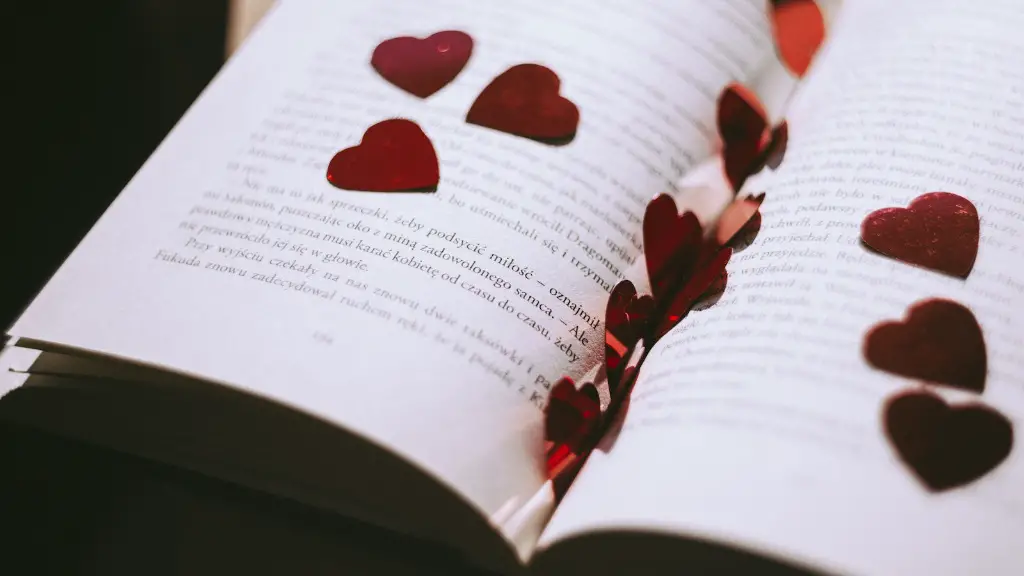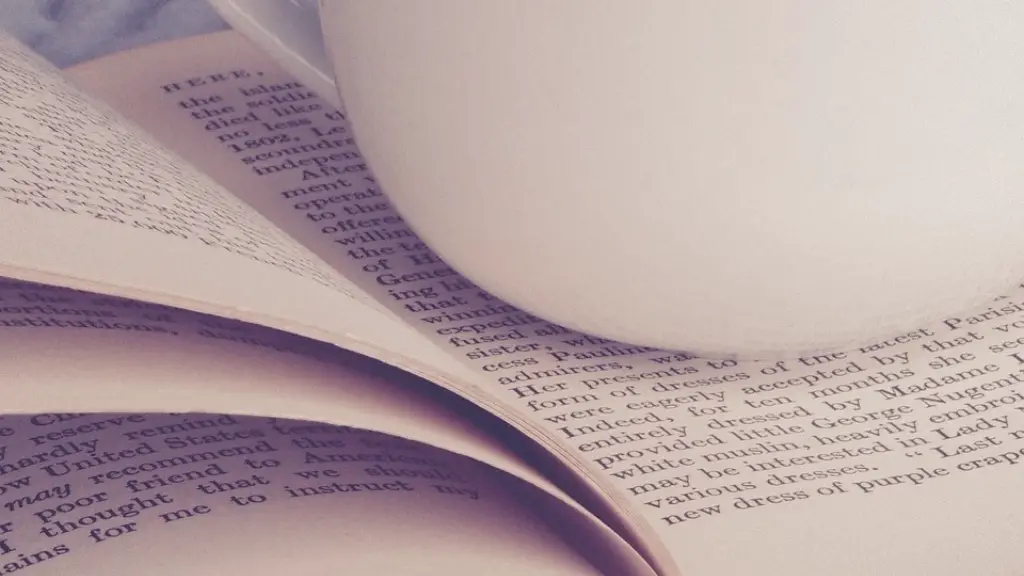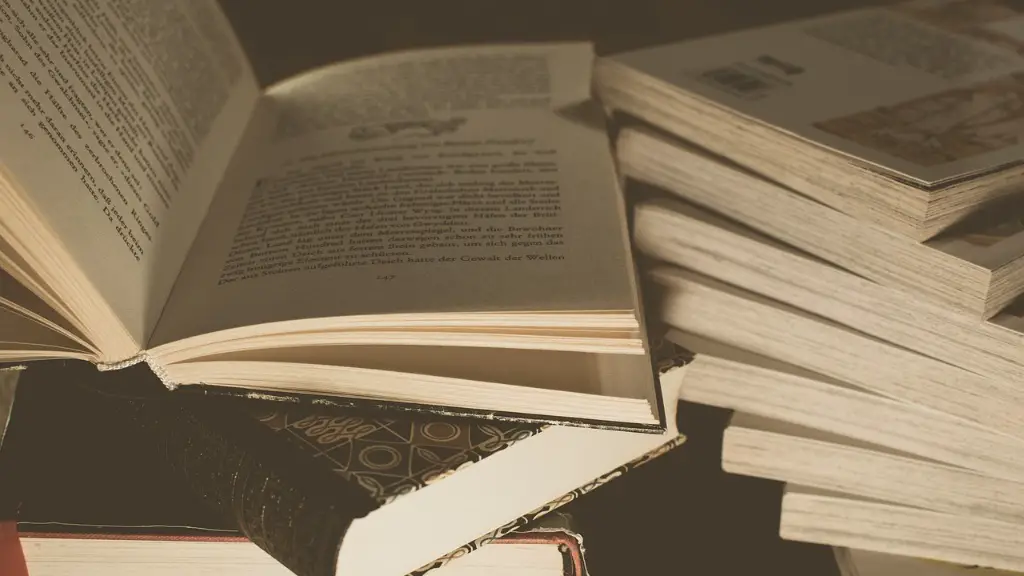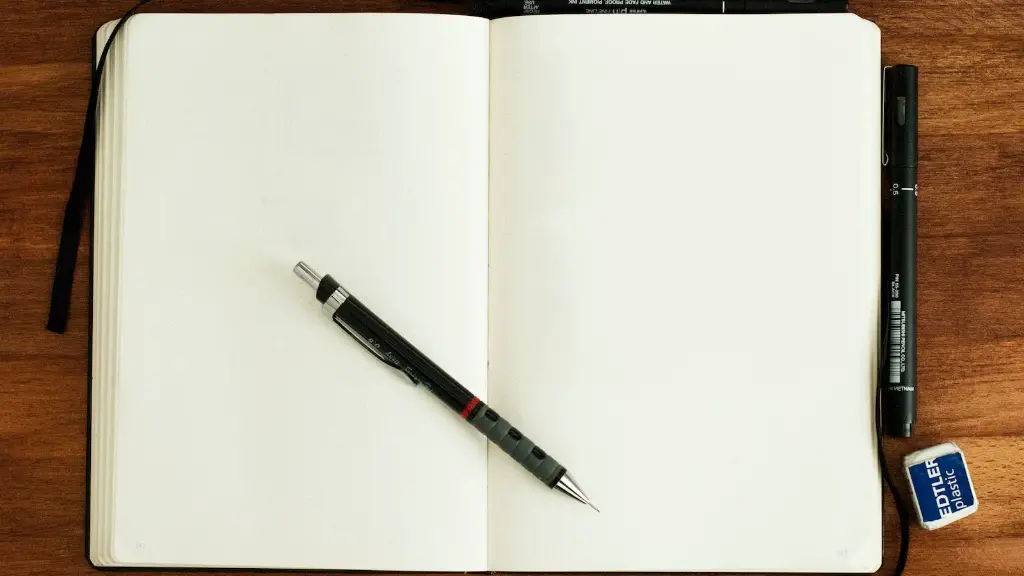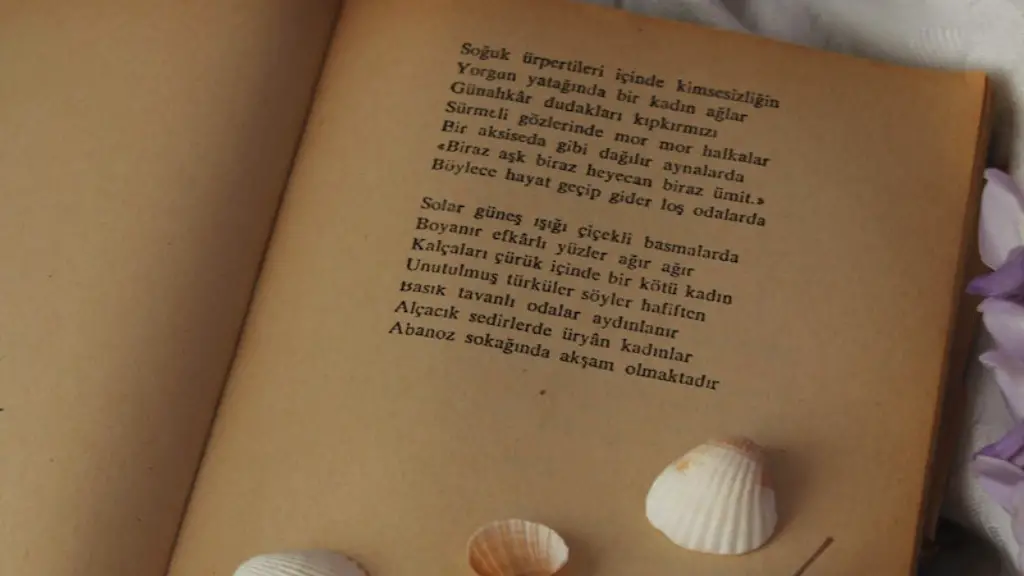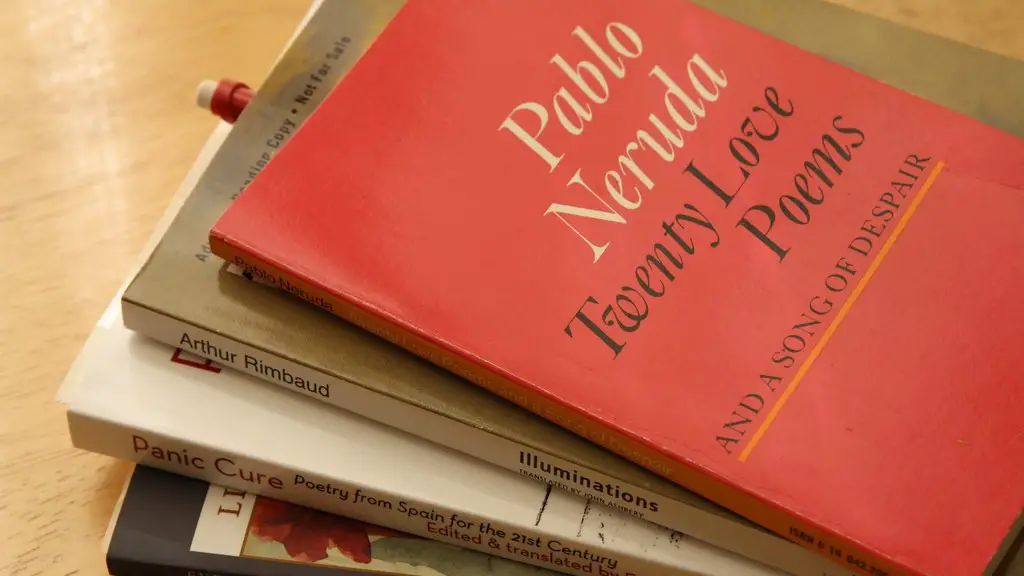When it comes to poetry, imagery plays a key role in presenting a vivid picture to readers through words. A poet’s use of words is not only descriptive, but also to evoke feelings and set the tone for a poem. Imagery is the term for the figurative or metaphorical language used by writers. It can express an emotion, create an atmosphere and create a strong impact on the readers.
Imagery can encompass every sense and perception, from visual imagery of objects to auditory imagery of sound. It can also include smell and taste, touch, temperature, and time. Writers can use imagery to make a poem more powerful or to carry a message. By using visual and auditory images, writers can evoke a sense of reality and make the poem come alive for the readers.
The imagery in a poem will depend on the writer’s intent. Writers can use images to paint a vivid picture of a scene, evoke memories, emphasize points, and make a statement. For example, poems about nature may use images of flora and fauna, as well as natural phenomena such as rain and lightning, to create an atmosphere or to express a feeling. Poets also frequently use metaphor, simile, and other figures of speech to create a picture in their reader’s mind.
Though imagery is a powerful tool for expressing ideas and creating vivid scenes, it can also be used to convey emotions and feelings. By using imagery to make statements, the poet can elicit emotions from readers, whether they be sadness, joy, courage, fear, or any other emotion. Writers can also use imagery to create a mood or tell a story.
It is important for poets to understand the power of imagery in order to use it effectively. While violent images may evoke strong emotions and create vivid scenes, a poet should be conscious of the impact such images can have on readers. Furthermore, imagery should be used to strengthen the main points and message of the poem, rather than simply as a means to an end.
Figurative Language
An important tool for creating effective imagery is figurative language. Writers can use simile and metaphor to express an idea or feeling without being explicit. By comparing two things, poets can use imagery to create a vivid picture for readers. For example, “The sky was an anvil of thunder, threatening to burst open with a single strike” is a more effective way of conveying the idea of stormy weather than something such as “The sky was dark and cloudy”.
Writers can also use personification and other literary devices to bring an image to life. Personification gives inanimate objects or abstract ideas human characteristics, creating a tangible connection between them and readers. For example, a poet may personify the wind, describing it as a malicious beast or a gentle embrace.
By understanding the power of figurative language, poets can effectively use it to create vivid images and feelings. While there is no single right way to use figurative language, it is important for writers to be conscious of the impact of their words, so as to avoid unintended consequences or hurtful implications.
Imagery in Other Forms of Art and Literature
Imagery is not limited to poetry—it is often used in other forms of art and literature. Visual media, such as films and paintings, rely heavily on imagery to conveying a message or creating an atmosphere. Music also uses imagery to create an emotional response, whether it be an upbeat, joyful song or a melancholic piece.
Imagery is also present in literature, such as novels and short stories. While these forms of media often use direct description to convey their point, they also employ figurative language, such as personification and metaphor, to give their story depth and richness.
Creative writers of all kinds should be aware of the power of imagery in their works. Writers should be conscious of their words and how they may affect readers. Imagery can be used to create vivid scenes and evoke powerful emotions, but it should not be used frivolously.
Types of Imagery
Although all imagery is figurative language, there are several distinct types of imagery that writers can use. Visual imagery is the most common type and is used to evoke a scene or an object in the reader’s mind. Auditory imagery is used to evoke sound, such as music or voices. Kinesthetic imagery is used to evoke a feeling or sensation, such as hunger or exhaustion. Olfactory imagery is used to evoke smell, and gustatory imagery is used to evoke taste.
The type of imagery used will depend on the writer’s intent and the type of poem they are creating. Visual imagery is often used in nature poems and love poems to create a picture in the reader’s mind. Auditory imagery is often used in war poems or poems about music to evoke sound. Kinesthetic imagery is often used in poems about love, loss, or longing. Olfactory and gustatory imagery are usually used to evoke a mood in the reader, such as nostalgia or anxiety.
Imagery is an important tool for poets and other writers, as it can transform words on a page into a tangible, vivid experience for readers. By understanding the power of imagery and how to use it effectively, writers can create powerful and evocative works of art.
Examples of Poetic Imagery
Poets throughout the ages have used imagery to create vivid scenes and evoke powerful emotions. For example, Percy Bysshe Shelley wrote “Music, when soft voices die, vibrates in the memory” to describe how music can linger in one’s mind even after its sound has faded. Similarly, in “A Skylark”, Shelley wrote “We look before and after, and pine for what is not” to describe the human longing for something that is not present.
William Wordsworth used imagery in his poem “I Wandered Lonely as a Cloud” to describe the beauty of a field of daffodils. He wrote “Ten thousand saw I at a glance, tossing their heads in sprightly dance” to evoke the image of a vast, vibrant field of colorful flowers. Similarly, in “The Pebble and the Boulder”, Wordsworth wrote “And, busy with his mimic war, the ant,/Fell to his task with busy hum and chear” to evoke the image of an ant obediently carrying out its duties.
T. S. Eliot used vivid imagery in his poem “The Waste Land” to evoke a sense of desolation and decay. He wrote “An old man wandering by the cold stream/Under the bridge, leaning on the side of a pool,/Shivering and crouching, complaining of the cold” to create a vivid image of a man shivering and desperate for relief from the cold. Similarly, in “The Love Song of J. Alfred Prufrock”, Eliot wrote “Let us go then, you and I,/When the evening is spread out against the sky/Like a patient etherized upon a table” to create a picture of a man, alone and in despair, watching the evening sky.
The Impact of Imagery
The power of imagery can have a profound effect on readers. By employing figurative language and vivid descriptions, writers can take readers on an emotional journey, making them feel empathy or understanding.
Imagery is a tool to vividly convey a message or an idea, but it can also be a source of inspiration. By using imagery to create vivid scenes, writers can spark imagination and creativity, inspiring their readers and challenging them to see the world in a new light.
Though there is no single correct way to use imagery, writers should be conscious of the power of their words and the impact they may have on readers. When used effectively, imagery can create powerful and moving works of art.
Analysis of Imagery in Poetry
When analyzing a poem, it is important to look at the imagery used by the poet. A good analysis should analyze not just the literal meaning of words, but also their figurative meanings. What effect does the poet’s use of imagery have on the poem? What message or emotion is the poet trying to convey? Does the imagery add depth and richness to the poem?
When analyzing imagery in a poem, it is also important to look at the context in which it is used. What is the poem’s main theme or message? Are the images used to emphasize this message or distract from it? What historical and cultural context does the poem exist in? If there is a deeper meaning behind the imagery, such as a metaphor or allegory, what does it mean?
It is also important to consider the tone and style of the poem when analyzing imagery. Are the images used to evoke a physical sensation or to reflect a mood? Does the poet use a neutral or humorous tone, or do they use imagery to evoke strong emotions?
By looking at imagery in a poem, one can gain insight into its meaning and the message the poet is trying to convey. It is important to consider the language used and its effect on readers, as well as the context in which the poem exists, order to gain a better understanding of the poem.
Conclusion
Imagery is an important tool for poets, and its power should not be underestimated. Writers should be conscious of the power of their words and the impact they may have on readers. By understanding the power of imagery and how to use it effectively, writers can create powerful and evocative works of art.
